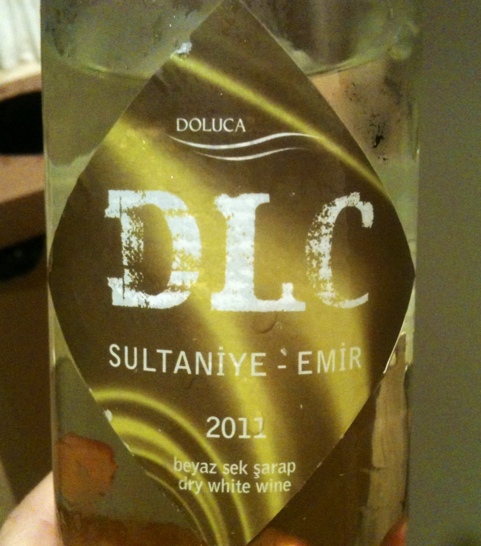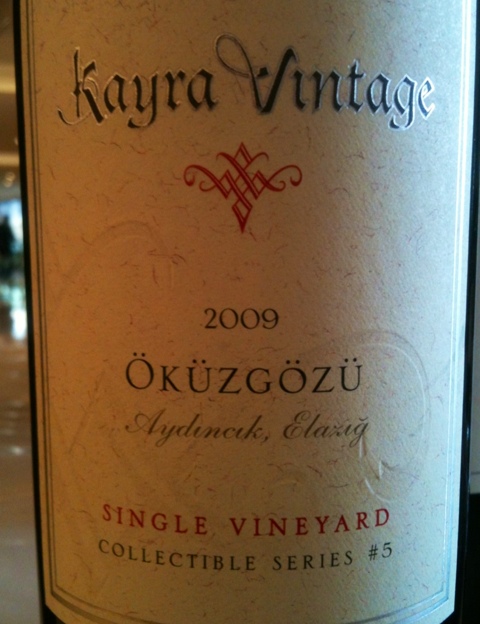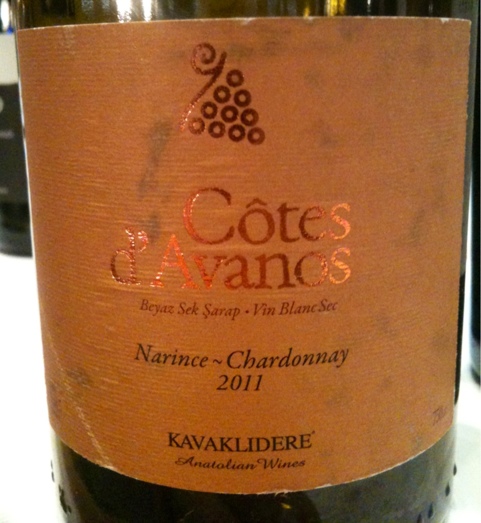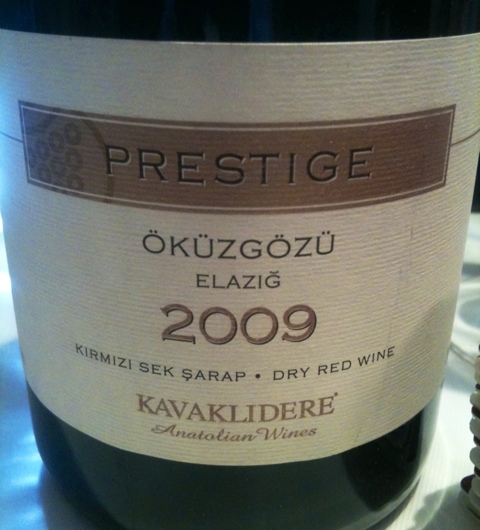Turkish wine: the big players
Posted on 12 November 2012
Apart from some awesome keynote speeches, the European Wine Bloggers’ Conference which finished yesterday in Izmir, Turkey provided an unmatched opportunity to tasted through nearly all the good wines produced in this emerging country. In a series of posts I’ll present my top pick from over 200 wines tasted.
The Turkish wine industry is by no means a recent phenomenon, with some wineries dating back to the 19th century and several others founded in the wave of Westernisation in the 1920s. However for many decades Turkish wine production was dominated by four large commercial wineries, and it is only in the last 15 years that a explosion of boutique wineries completely changed the picture and revolutionised wine quality. There are now over 60 private wineries operating.
However, the majority of the market is still dominated by five large players: Kavaklıdere, Doluca, Kayra, Pamukkale and Sevilen. These wineries own a lot of land but typically purchase over 50% of their grapes from growers. They also nearly monopolise the restaurant market, and make up for a vast majority of supermarket sales. During the EWBC it has been said that these largest producers make Turkey’s best wines today.
Having tasted through everything they were pouring (which in the case of Doluca included more than 20 labels), I wouldn’t be quite sure. There certainly was little to be excited about at Pamukkale, where the simpler wines were basic and somewhat diluted while the upper bottlings suffered from an excessive ageing in oak (a universal problem in Turkey, alas). This is especially true of the Nodus brand, and I preferred the mid-bracket Anfora, especially the Anfora Trio white and red blend that for 25–29TL, delivered some good drinking.
I was pretty disappointed by Sevilen, a winery whose wines I enjoyed in the past but that somehow didn’t at all speak to me this time. The Plato series included a very underwhelming, sharp, chaotic 2011 Kalecik Karasi and an oxidative 2011 Öküzgözü–Bogazkere (the 2011 Chardonnay was OK) while the expensive 2010 Centus Syrah is an overoaked bomb that might integrate if you have sufficient patience (I don’t think I do). There is hope for the Parsel series of single vineyard reds, reasonably priced at 35TL (16€) but they would need more concentration and presence.
The overoaking problem was even more acute at Kayra where Californian winemaker Daniel O’Donnell has taken a definite New World approach and the Kayra Imperial range is a full-blown competition style oozing concentration, extract, alcohol, oak, and you name it; the 2005 Shiraz was the more interesting of these but at 120TL I can’t say I recommend it. The Kayra Vintage wines are less excessive but not really more refreshing or drinkable; and the 2007 Buzbağ Rezerv, normally a classic, Old-Wordly, ageworthy Turkish blend of Öküzgözü and Boğazkere, is a good example of Barossa-meets-Ribera del Duero overoaking. As with several other wineries I’d actually recommend sticking with the affordable Terra range (30TL).
Kavaklıdere , Turkey’s no. 1 producer, I found a little uneven but some exciting wines are made here. There are at least 7 or 8 different ranges and 49 labels here. At the lower (though not lowest: the cheapest wines were not shown to us) end the Egeo wines are a reasonable restaurant choice and I liked the 2011 Sauvignon Blanc and 2011 Cabernet–Merlot. Up the ladder there is the Côtes d’Avanos series, of which the 2011 Narince–Chardonnay was even selected by Tim Atkin and Charles Metcalfe to represent Turkey at the Grand Terroir tasting, the EWBC’s climax. I thought it had a bit too much oak, but ia certainly a serious, full-flavoured white, although at 100TL it will be difficult to sell outside Turkey. Ready to pay even more? The top red wines are called Pendore, but it’s probably wise to stop at the 60TL Prestige. The 2009 Prestige Öküzgözü that I retasted at the gala dinner is a wine of stunning elegance and structure simultaneously, taking on an airy rose-petal perfume that made it look almost Barolo-like. One of the best wines of this trip.
The most consistent large producer in Turkey appears to be Doluca. There is fun to be had even at the entry-level DLC wines (I thought the white 2011 Sultaniye–Emir was particularly delicious), Kav is a historical brand that continues to deliver, and at the upper end the Sarafin series is the least oak-driven of the Turkish big guns. Doluca is industrial winemaking with a human face – a good first stop if you want to explore vinous Turkey.
Disclosure
I am attending the European Wine Bloggers’ Conference in Izmir thanks to a scholarship from the EWBC Scholarship.





